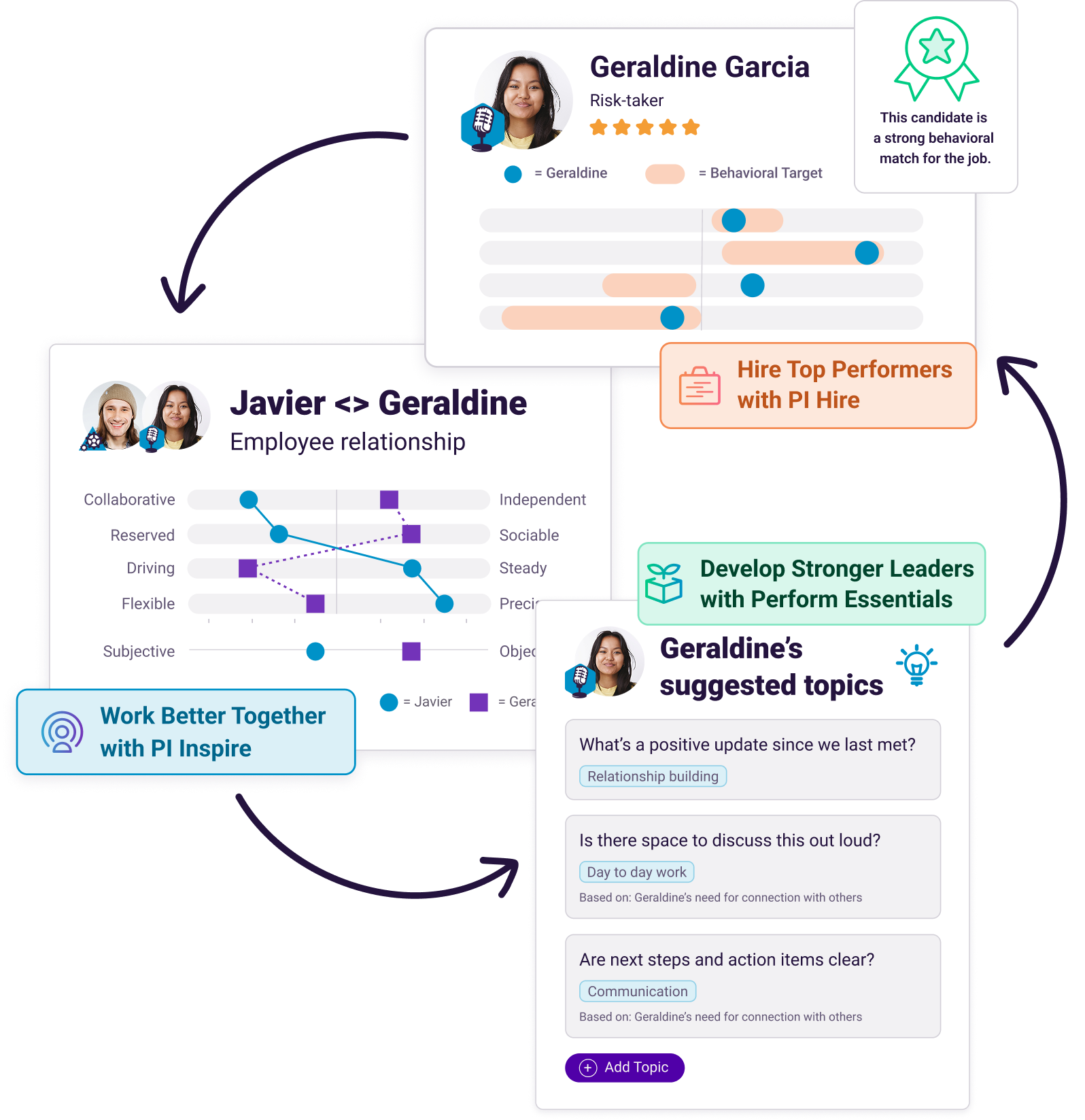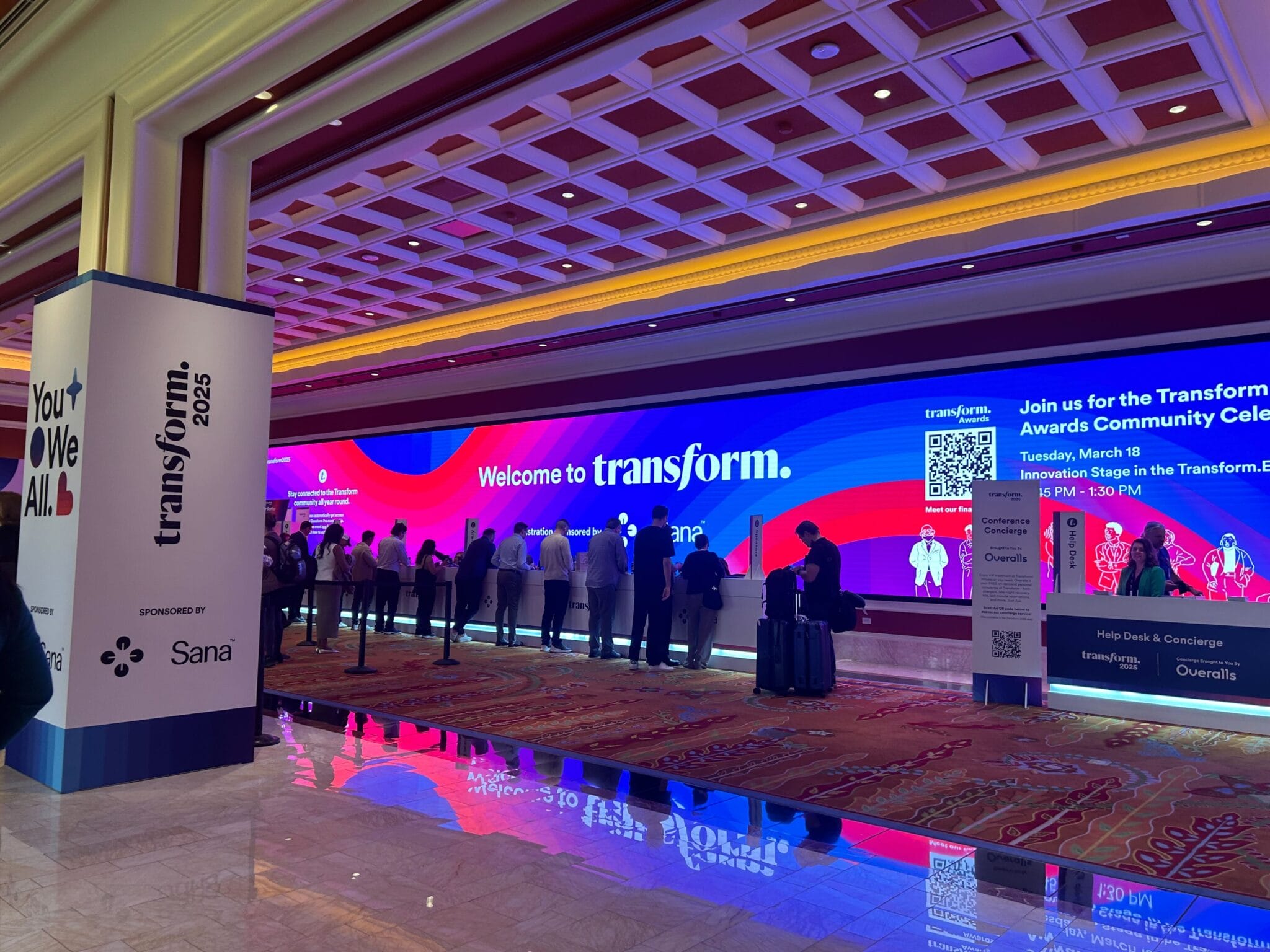As you likely know, remote work isn’t exactly a walk in the park. Between children, spouses, and pets, the distractions can feel overwhelming. Layer on the lack of in-person interaction, and it’s easy for work to fall through the cracks.
It’s tempting to fill these cracks with meetings: more standups, more weeklies, more 1 on 1s. Of course, meetings are a healthy part of effective remote team communication. But there’s a fine line between careful meeting-planning and unnecessary micromanagement.
In these remote times, consider proposing no-meeting blocks to the senior team. These company-wide “flex” times will likely require calendar synchronization to implement effectively. But the investment can be greatly beneficial to the organization—and your employees.
Here are three reasons why.

1. They streamline meetings.
As people grow within an organization, so does the amount of time they spend in meetings. After all, leaders need ample opportunities to brainstorm, collaborate, and communicate across departments. But when COVID-19 caused PI to go 100% remote, we realized these meetings were negatively impacting some team members.
In an office, employees are inclined to take natural breaks, even if only to walk to the next meeting. But at home, the lack of movement can make back-to-back meetings exhausting. Add in the eye strain of constantly looking at a screen, and we knew something had to change.
No-meeting blocks have helped streamline the remote meeting process. As an organization, we agreed to sync our calendars and block off two hours a day, or 10 a week, that are meeting-free. To help adhere to this schedule, we also agreed to hold all team meetings and 1 on 1s on set days.
In following these steps, teams have been able to prioritize critical meetings—and cut down on non-essential ones. They’ve also come up with creative replacements for team communication, using tools like Slack or Wistia’s Soapbox.
2. They encourage greater productivity.
At PI, our blocks take place after every 90 minutes of work—so from 10 to 10:30 a.m., noon to 1 p.m., and 2:30 p.m. to 3 p.m. In other words, we’ve employed a built-in Pomodoro Technique. This time-management tool has proven effective at helping employees stay productive throughout the work day.
How does the Pomodoro Technique work? By breaking the day into smaller, more manageable chunks, employees can prioritize a select few tasks to tackle each period. Then, during break periods, they can recharge their batteries for the next stretch.
Of course, adhering to this technique isn’t always possible, especially for meeting-heavy employees. For these people, no-meeting blocks provide essential time for heads-down work, free of distractions. These periods are also great times to catch up on messages and emails (or, conversely, to set them aside).

3. They prioritize employee health and well-being.
This is an unprecedented time—one marked by a global pandemic, mass unemployment, and critical racial justice reform. Consider remote work, homeschooling, and shared workspaces on top of it all, and never has work-life balance been more important.
Of all the benefits of no-meeting blocks, perhaps most important is that they encourage employees to prioritize their own health. In a time like this, that may mean taking 30 minutes in the morning to set children up for virtual learning. It may mean taking an hour for lunch, for a workout, or even just to relax and read.
By putting these blocks in place, you show your commitment to employee well-being, both physical and mental. Not only can this help general productivity, but it also helps reinforce your core values and ideal company culture.
Empower your teams for remote work.
The prospect of reorganizing calendars for no-meeting blocks can seem daunting. And, admittedly, the process isn’t without challenges. But the end result is well worth the investment.
It may take some getting used to, both on the part of managers and their direct reports. But no-meeting blocks can help cut down on excess meetings and Zoom calls. In doing so, you can prioritize the work to be done, while empowering employees for the future of remote work.
>>Looking to align leadership on remote best practices? Consider attending a PI virtual workshop.








